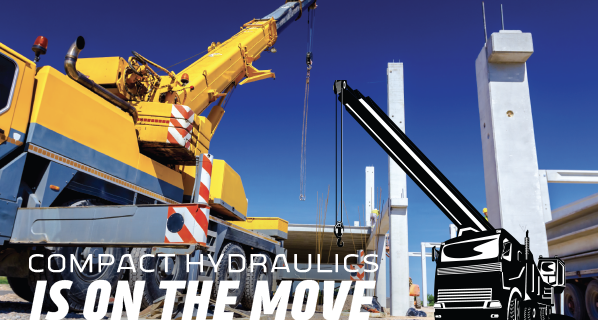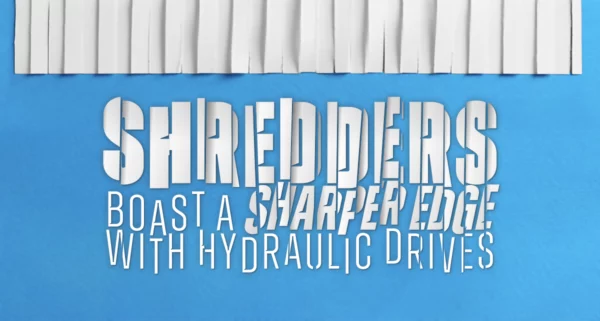Notable Words: Hydraulics & Electrification – The Future Is Bright
By Mark Czaja, Chief Technology Officer, Parker Hannifin.
 Without a doubt, we’ve seen in recent years tremendous focus on electrification across all industries. But perfecting electrification technologies has not happened overnight. Some in the industry question if electrification – especially for larger machinery – is truly viable or merely hype.
Without a doubt, we’ve seen in recent years tremendous focus on electrification across all industries. But perfecting electrification technologies has not happened overnight. Some in the industry question if electrification – especially for larger machinery – is truly viable or merely hype.
It’s important to remember that hydraulic systems have evolved over many decades. Comparing electrification’s progress with traditional hydraulic systems is not an apples-to-apples analogy.
Thanks to a combination of increased governmental regulations and incentives, evolving technologies originating in the automotive industry, and increased demand from customers, clean technologies are here to stay and will dominate a larger percentage of industry over the next decade.
‘Patience is key’
One of the greatest areas of promise is in battery evolution. We have seen tremendous improvements in the cost, performance, and range of batteries. But realistically, major advances in battery technologies may not be market ready for another decade. Patience is key.
Solid-state battery technology is an area of tremendous promise, delivering two-and-a-half times more energy density than current lithium-ion batteries. Newer cathode technology, which is moving away from using cobalt and graphite, also pushes energy density boundaries to increase the range of batteries.
Other innovations seek to overcome concerns regarding thermal management. Parker is investing R&D to develop the next generation of thermal interface materials that aid in thermal cooling, which is important for obvious safety reasons and to increase battery life.
While battery technologies represent the shortest path to electrifying vehicles and mobile equipment, they are not the only option. Hydrogen fuel cells are attractive because they represent a clean alternative and have greater energy-storage capacity. They’re ideal for larger vehicles. While challenges to safety and infrastructure remain, work is underway to make hydrogen a viable energy source.
The vast research on electrification leads some people to ask if the goal is to completely eliminate hydraulics. Considering how well hydraulics performs in certain applications – especially powering work functions – it is hard to imagine a time when there would be no hydraulic machinery. However, hydraulic systems can be improved with advanced software controls, optimization of motor and pump packaging, and powering the system with the latest electric motor and controller technology.
Combining the best of hydraulics with emerging electrification technologies means there is value in working with a supplier expert in both areas. Parker’s hundred-year history in machine design and our breadth of products allow us to create efficient, flexible, and sustainable solutions by combining hydraulics with the controllability and efficiency of electrification.
Parker also early on recognized the benefits of consulting experts from differing backgrounds and perspectives to advance smart electrification solutions. This premise created the company’s Motion Technology Center, which develops breakthroughs specifically focused on electrification. Parker’s experts have backgrounds in power electronics, electric motors, traditional hydraulics, and software controls. This effort results in more efficient approaches to electrifying hydraulics and greater connectivity for gathering machine performance data.
For those who doubt the feasibility of the electrification movement or are frustrated with the slow adoption rates of certain industries, be patient. The future is bright. Advances happen every day. But developing technology and testing it in various applications takes time. Those patient and persevering with electrifying machines will amass great rewards.







